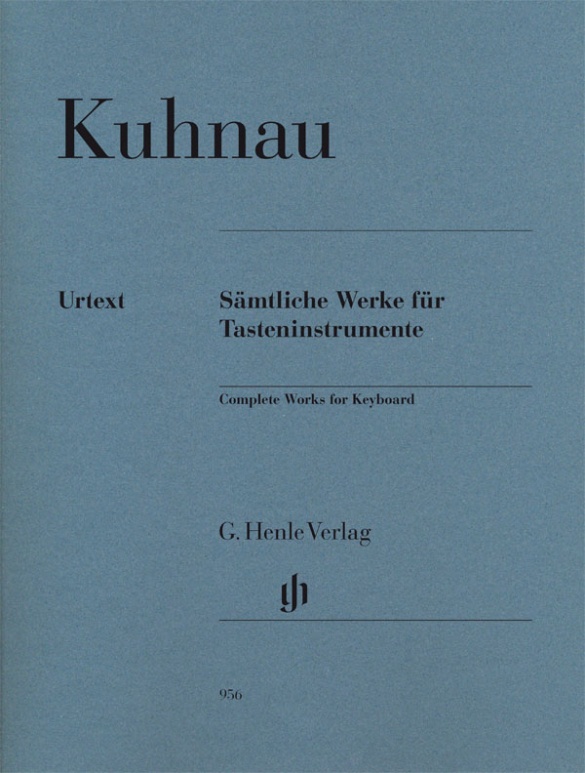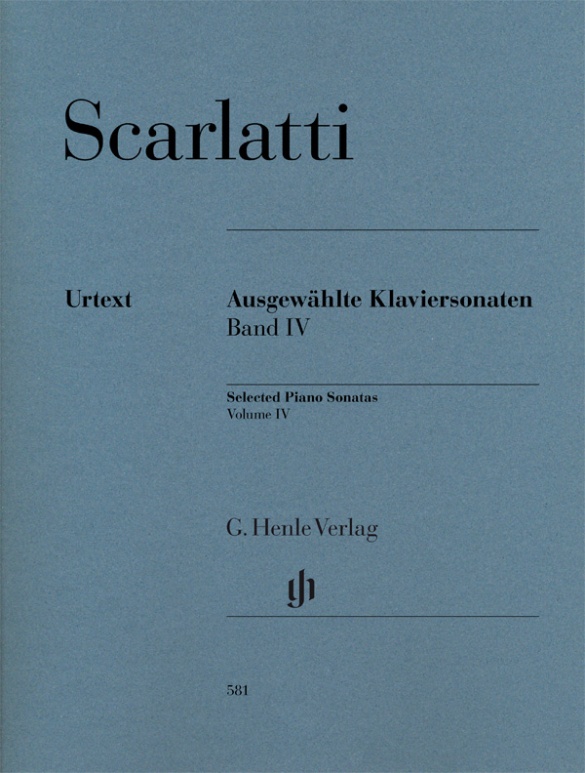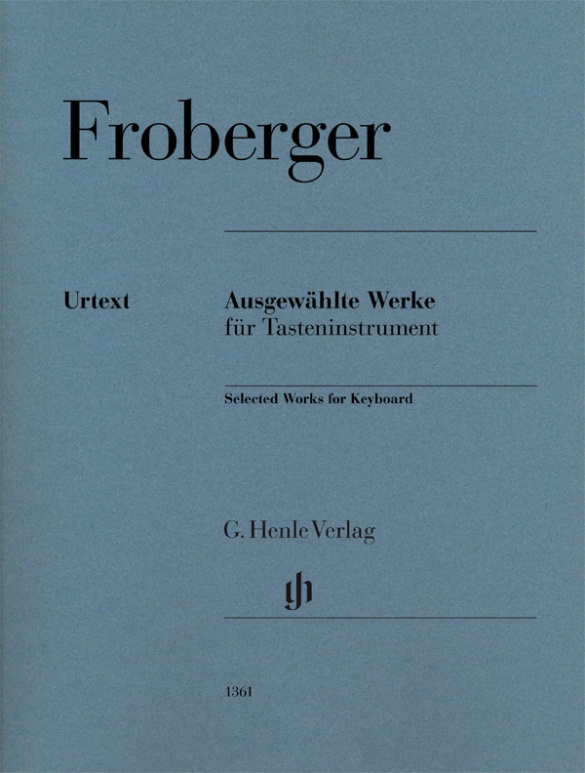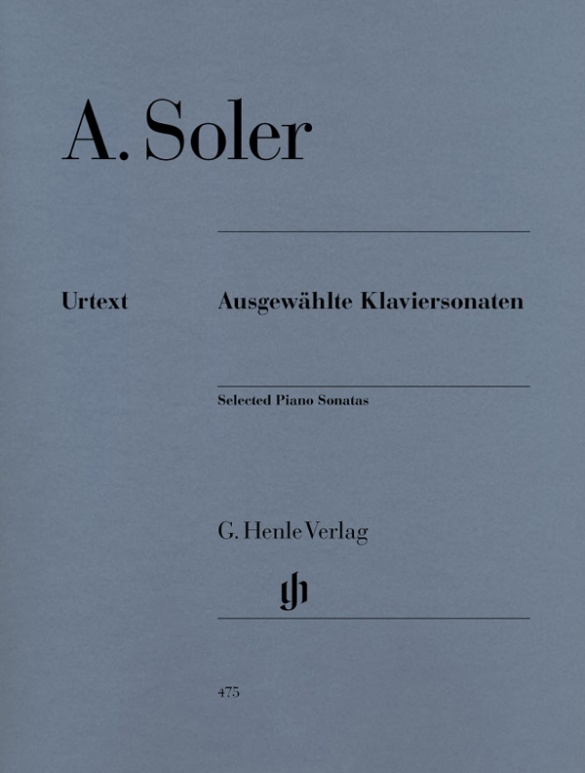

Antonio Soler
Selected Piano Sonatas
Antonio Soler composed more than 500 sacred choral musical pieces in his native Spain. Today, though, it is his 200-or-so keyboard sonatas that are arousing the curiosity of performers. Our anthology volume presents 18 of them from all periods of the composer’s creative life. In 1761 Soler wrote a music-theory treatise in which he sketched out methods of quickly modulating to remote keys; these techniques are also found in his keyboard sonatas. In this Urtext volume the player will enjoy the subtlety and speed of modulation between keys, and a brilliant lightness occasionally darkened by moments of pathos.
mws-henle.cms.title-works.headline
mws-henle.cms-product-detail.composer-headline
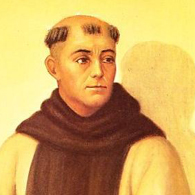
Antonio Soler
A Spanish composer, organist, and music director of the Classical period who composed a large number of works for keyboard (clavichord, harpsichord, organ, piano). Elements of Spanish folk music are frequently found in his compositions. He also composed masses, operas, and chamber music, and wrote treatises on music theory in which, among other things, he advocates for major–minor tonality.
| 1729 | Baptized in Olot (Girona) on December 3. |
| around 1736/37 | He becomes a chorister at the Benedictine monastery at Montserrat. Through intensive study of works by Juan Cabanilles, José Elias, and others, he learns organ playing and compositional techniques. |
| 1752 | He probably occupies the position of cathedral music director at the Cathedral of La Seu d’Urgell and is appointed subdeacon by the bishop there. That same year he enters the Hieronymite monastery of San Lorenzo de El Escorial. |
| from ca. 1757 | He becomes music director and organist at the monastery. As well as sacred works, he writes operas in Castilian. He takes organ lessons with José de Nebra and meets Domenico Scarlatti. |
| from 1766 | He is appointed keyboard teacher to the sons of Carlos III. He composes for and dedicates to them many sonatas, six concerti for two organs, and six quintets for organ and strings. |
| from 1776 | Works as organ expert to the Cathedral in Málaga as well as the Cathedral in Seville. |
| 1783 | Dies at El Escorial (Madrid) on December 20. |
mws-henle.cms-product-detail.author-headline
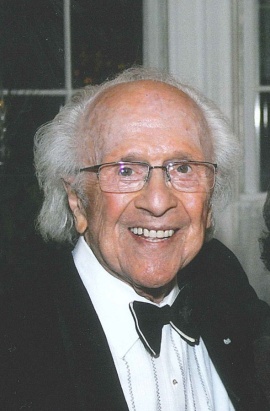
Frederick Marvin (mws-henle.person.role.HERAUSGEBE, mws-henle.person.role.FINGERSATZ)
Prof. em. Frederick Marvin, born in Los Angeles, is a concert pianist and music scholar. He studied with Milan Blanchet and Arthur Schnabel. Marvin began his concert career at the age of 16 in his hometown of Los Angeles. His New York debut garnered him the Carnegie Hall Award for the best debut of the season. Claudio Arrau became Marvin’s mentor. After several years spent touring around the USA, Marvin moved to Vienna and gave concerts all over Europe and overseas.
Aside from his concerts as a concert pianist, he also accompanied Martha Mödl at her Lieder recitals. He also received international recognition for his work as a music scholar, rediscovering the old Spanish composer Padre Antonio Soler (1729–1783) and Jan Ladislav Dussek (1760–1812) from Bohemia. He published a selection of Soler’s works in diverse musical editions, on records and CDs, likewise with J. L. Dussek’s piano sonatas.
Marvin has been awarded several honours including the “Orden Merito Civil-Comandador” by the Spanish Government as well as the “Medaille de Vermeil-Croix de Commandadeur” by the “Société des Arts-Sciences-Lettres” in Paris. He was “Artist in Residence” at the University of Syracuse, New York, and was visiting professor at the German Phillips University in Marburg. On the occasion of his 90th birthday, Frederick Marvin gave a piano recital in Vienna with works by Soler, Beethoven, Schubert and Chopin.
Product Safety Informations (GPSR)

G. Henle Verlag
Here you can find the information about the manufacturer of the product.G. Henle Verlag e.K.
Forstenrieder Allee 122
81476 München
Germany
info@henle.de
www.henle.com
推荐
autogenerated_cross_selling
本书目其他版本
本书目其他版本


